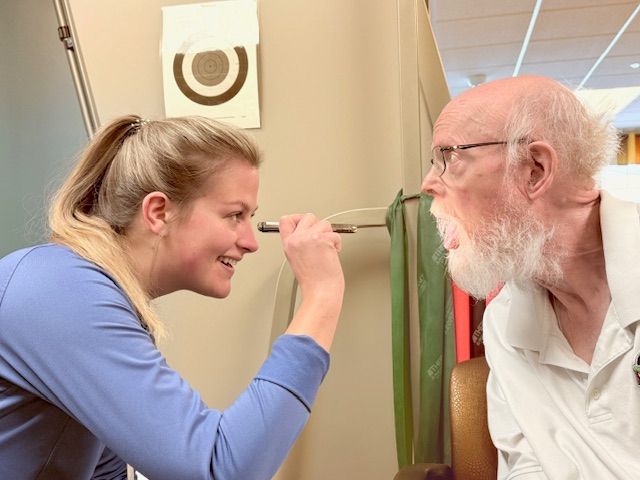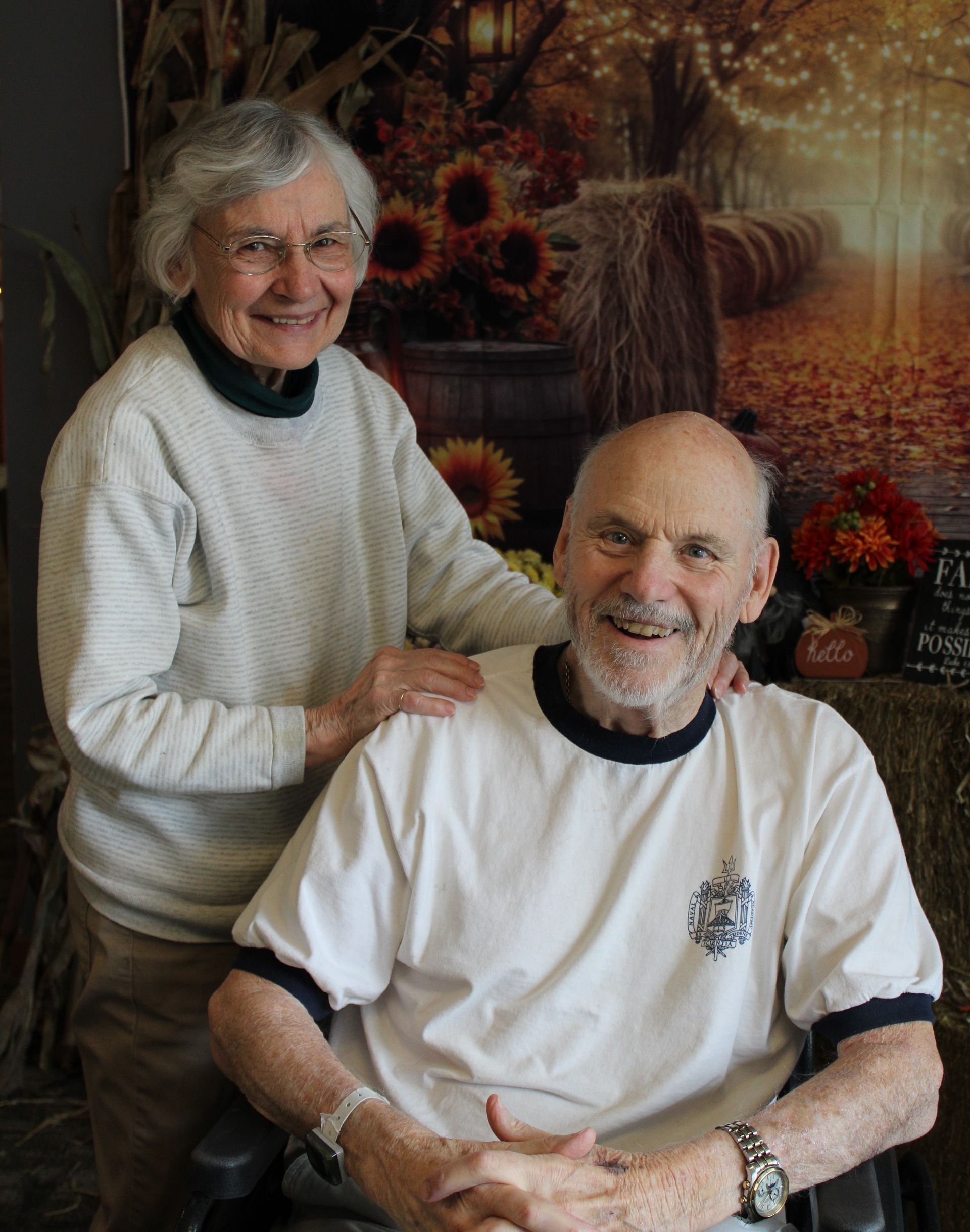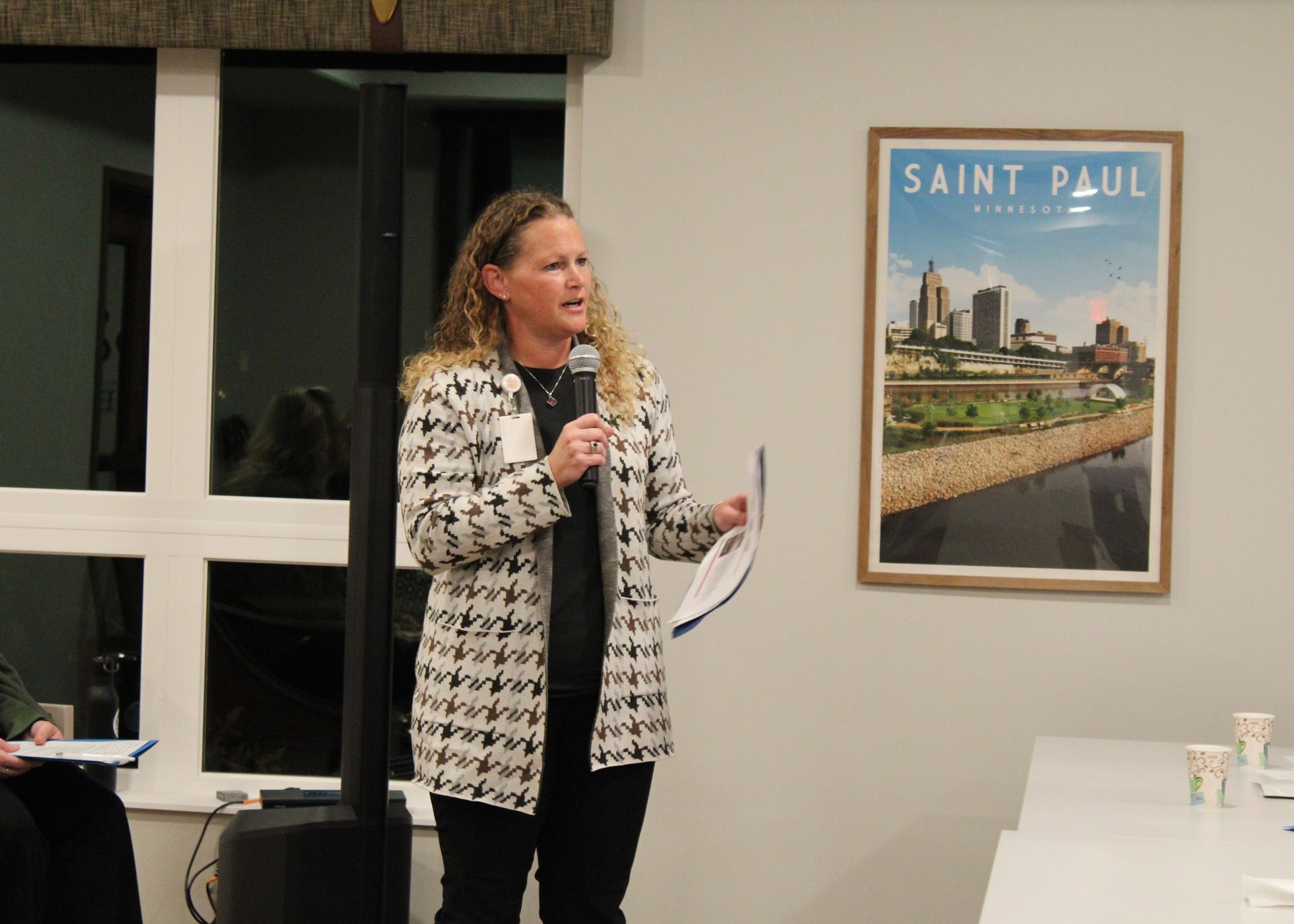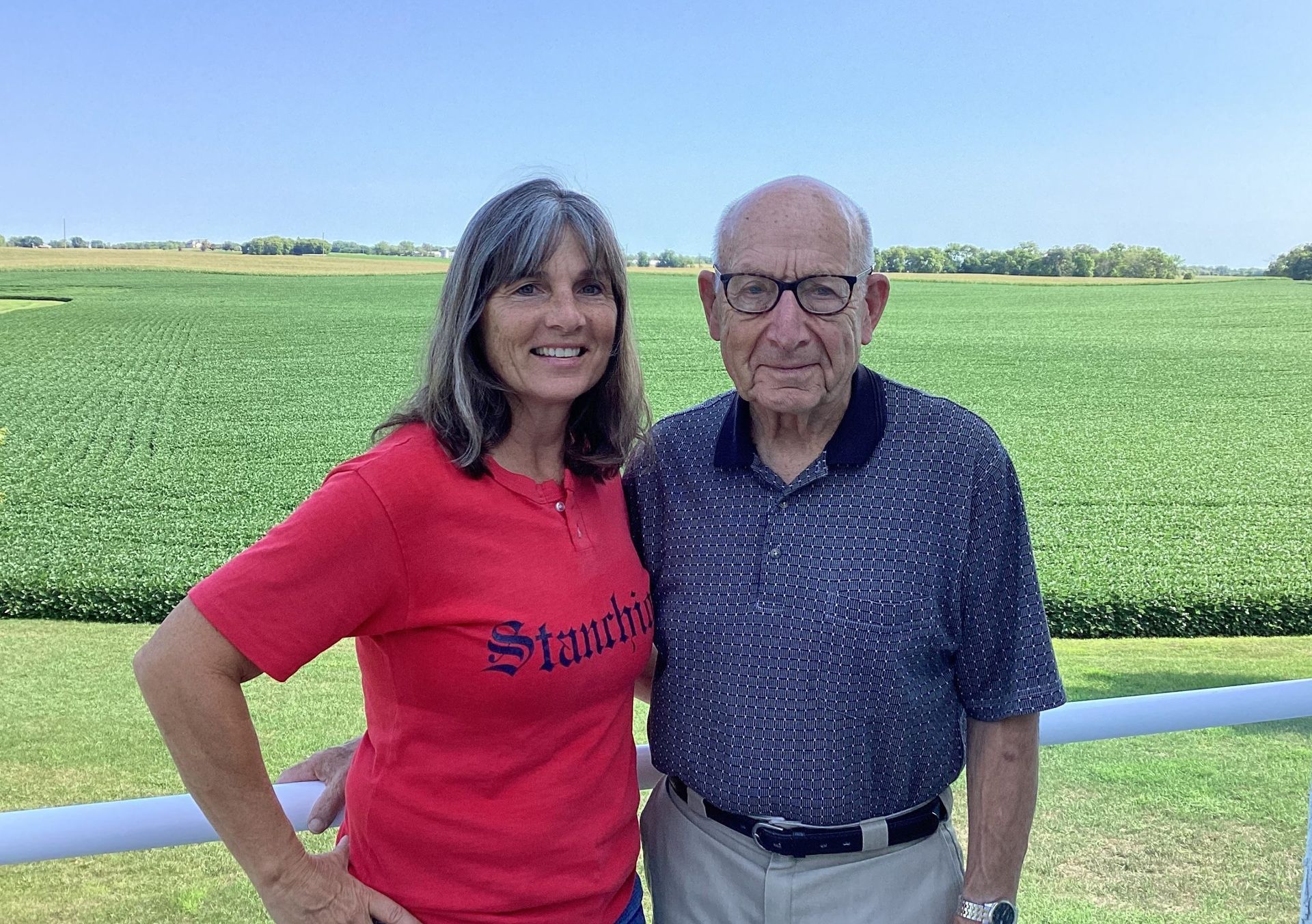
Six Degrees of Separation for Residents at Saint Therese of Corcoran and Co-Founder
When Saint Therese of Corcoran opens its doors later this summer, some of its new residents will have a special connection to one of the founders of the Saint Therese parent organization, Father Gordon Mycue.
Fr. Mycue was the pastor at St. Thomas the Apostle Parish in Corcoran in 1963, when he was introduced to New Hope businessman Jerry Choromanski, and learned of Jerry’s desire to build a Catholic senior living community. Fr. Mycue, Choromanski, Elizabeth Hidding and Sister Marcelline Jung, OSB (Order of St. Benedict), together created the vision for the Saint Therese of New Hope care center, which was founded in 1964 and was one of the first Catholic-based nursing homes in the Twin Cities.
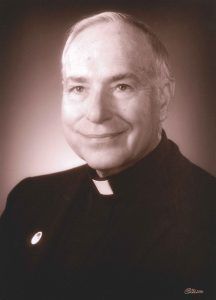

Fr. Mycue served at St. Thomas for 23 years; he was very well-liked and a bit of an innovator. While pastor, he was also the Director of Radio and Television for the Archdiocese of St. Paul & Minneapolis and developed a television program called “Quiz a Catholic.” He attracted many celebrities to the show including the Lennon Sisters. Eventually Fr. Mycue moved into Saint Therese of New Hope and died in 2003. The main chapel is named in his honor.
Several incoming residents at Saint Therese of Corcoran have fond memories of Fr. Mycue from his time at St. Thomas the Apostle and find it a full circle moment to be moving into a community that exists because of him. Not to mention, the senior community is less than a mile from the church.
Among the new Saint Therese of Corcoran residents that remember Fr. Mycue is John Aeshliman, of Corcoran. Aeshliman’s daughter, Cindy Patnode, said Fr. Mycue was incredibly friendly and nice to everyone. “I was a kid at the time and thought he was very cool. He was great with the kids and made church more accessible to us.”
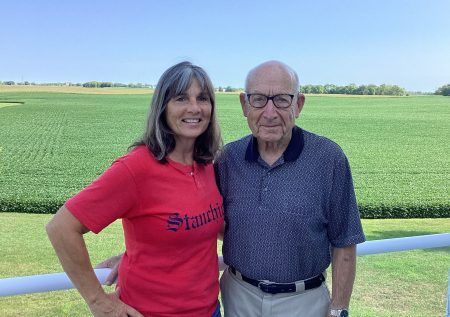
Further proof of the strong link between past and present: Patnode’s grandmother volunteered at Saint Therese of New Hope; her mom rehabbed at New Hope and Saint Therese at Oxbow Lake in Brooklyn Park; and, last year, Patnode was named the new Parish Administrator at St. Thomas the Apostle.
Full circle indeed.
About
At Saint Therese, our heartfelt purpose since 1968 has been a people first approach to living well by providing senior care and services where every life we touch feels welcomed, respected, and heard. We achieve this by doing ordinary things with extraordinary love every single day. Contact us to learn more.

